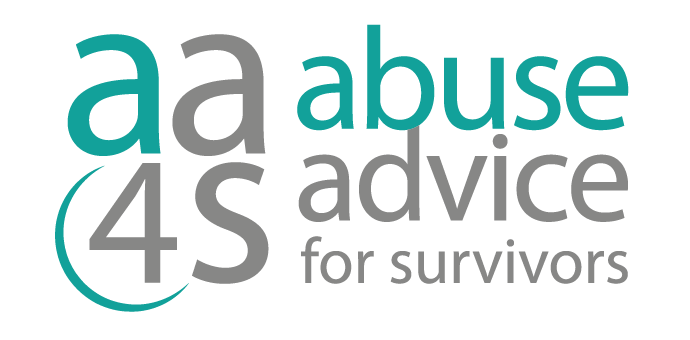WHERE DOES CHASTISEMENT END AND ABUSE BEGIN?
The boundary between legitimate correction and physical abuse is frequently blurred. In schools where abuse occurred some years ago, the rules of punishment must be examined to assess how suitable the penalty is/was.
In general, caning with the trousers down is physical abuse, however caning with the trousers up is sometimes permissible, whereas it would be unlawful in current times.
Physical abuse is defined as contact that is designed to instill feelings of fear, pain, injury, or other bodily suffering or harm.
Physical abuse can occur between two adults, but in the context of child abuse, it involves the unwarranted exercise of control and power by a person (usually an adult, but sometimes another child) who is in control of a situation over a vulnerable child ans who has much less control over his/her actions.
SMACKING
Smacking your child is not unlawful in the United Kingdom. Nonetheless, physical abuse occurs when:
- A hand imprint is left on the body.
- The action results in a bruise.
VIOLENCE CAN BE THE NORM
If a youngster is brought up in an exceptionally violent environment where heavy punishment is the norm, he/she may not know at the time, that the abuse was wrong.
The boundary between corporal punishment at school and physical abuse can be difficult to draw, especially in the 1960s, 1970s, and early 1980s, when it was not unlawful to physically punish a kid with a cane or even a strap.
CAN LEAD TO SEXUAL ABUSE
Physical abuse is frequently accompanied with a sexual thrill gained from the excessive use of force against a weaker youngster. As a result, it is not uncommon to see sexual assault occurring following an intense round of corporal punishment. Occasionally the person providing the punishment will apologise, cradle the sobbing youngster, and then sexually exploit them as part of a gesture of solace.
We thank NAPAC (National Association for Prevention of Abuse in Childhood) for allowing us to use this and other definitions.
"What can physical abuse include?
- Putting a child in abject fear of an imminent attack
- An actual physical attack causing noticeable harm
- Corporal punishment which is outside of the rules governing the use of punishment at an establishment. For instance, in the 1960’s all schools would have a punishment book, which usually governed how punishment should be administered. In all cases, trousers down was forbidden, and trousers up was acceptable (for boys). Rules, however, did vary from place to place.
- Kidnapping, or physical restraint against someone’s will. This would include illegal trafficking of children from foreign countries which is not uncommon.
- Torture – this probably needs no elaboration, but is not uncommon in the context of criminal gangs operating both outside, and inside this country. See our sexual exploitation page (Joel insert link)
- Administering of illegal drugs/alcohol to enable the abuser to take advantage of the child
What effects does physical abuse have on a victim?
- In a religious context, physical abuse can make a respected belief system untrusted
- Sometimes violence is sanctioned by the religious order as a method of creating obedience and discipline. Arguably a holy war is physical abuse albeit of the enemy, a tenuous argument admittedly.
- It was, at one time believed that evil spirits could be purged from the soul by the use of physical methods.
- Physical Injuries of every type imaginable ranging from a bruise to the permanent damage of male and female private parts, but ultimately death in some cases, particularly in snuff movies, or child sacrifice, which is not uncommon in ritual abuse (Joel link please)
- Psychological injuries of an enduring nature including low self esteem, insecurity, intense inner anger often leading to violent behaviour, an anti-authoritarian attitude often leading to employment problems, anti-social behaviour, alcohol and drug abuse, lack of confidence, and mild symptoms of paranoia, or the desire for control for fear of being out of control, chaotic life style etc.
- Physical Abuse can also include burns, drowning, and poisoning. There are no doubt other injuries too numerous to list here."










